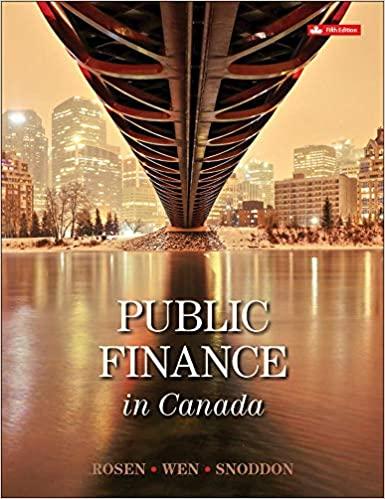Question
Portfolio Choice with one Risky asset and one risk-free asset An investor has $10,000 and he wants to invest the money in (1) a market
Portfolio Choice with one Risky asset and one risk-free asset
An investor has $10,000 and he wants to invest the money in (1) a market index, which is a risky asset and (2) the risk-free T-Bill. The expected annual rate of return on the market index is E(rp)=10%, and the standard deviation of the annual rate of return is p=20%. The annual rate of return on the risk-free T-Bill is rf=2%.
(1)If the investor choose to invest y=80% of the money in the market index, what is the investors expected rate of return on his portfolio? What is the standard deviation of his portfolio? What is his portfolios Sharpe ratio?
(2) Derive the capital allocation line (CAL).
(3)Suppose the investor has a utility function of U=E(r)-1/2A2 , while E(r) is the expected portfolio rate of return and is the portfolios standard deviation. Assuming A=4, what is the optimal allocation of his money in the market index? At the optimal allocation, what is the expected rate of return on the portfolio and what is the portfolios standard deviation?
Step by Step Solution
There are 3 Steps involved in it
Step: 1

Get Instant Access to Expert-Tailored Solutions
See step-by-step solutions with expert insights and AI powered tools for academic success
Step: 2

Step: 3

Ace Your Homework with AI
Get the answers you need in no time with our AI-driven, step-by-step assistance
Get Started


